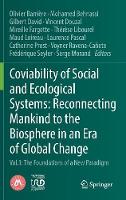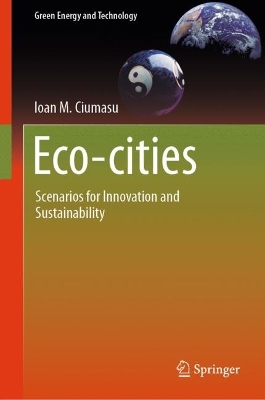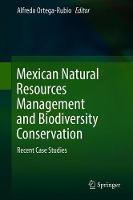Coviability of Social and Ecological Systems: Reconnecting Mankind to the Biosphere in an Era of Global Change
 -15%
portes grátis
-15%
portes grátis
Coviability of Social and Ecological Systems: Reconnecting Mankind to the Biosphere in an Era of Global Change
Vol.1 : The Foundations of a New Paradigm
Pascal, Laurence; Douzal, Vincent; Libourel, Therese; Loireau, Maud; Prost, Catherine; Fargette, Mireille; Barriere, Olivier; David, Gilbert; Ravena-Canete, Voyner; Behnassi, Mohamed
Springer International Publishing AG
03/2019
728
Dura
Inglês
9783319784960
15 a 20 dias
1376







